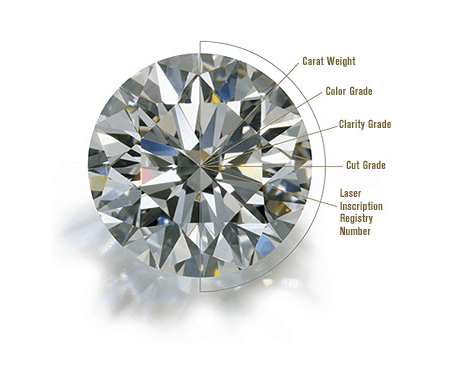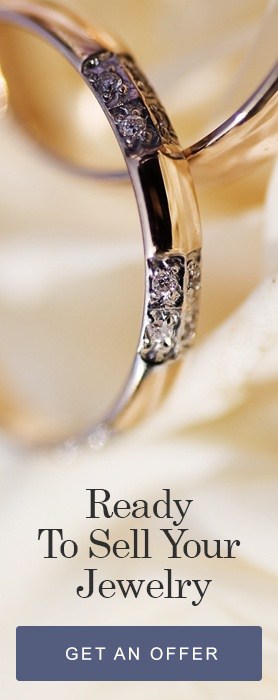Ever wonder where your jewelry came from before finding its way to a retailer? What has it seen and experienced beyond its relatively brief time in your possession? What is the fate of a piece of jewelry after it’s been sold?
Considering the sentimental value we attach to a diamond ring, it’s not out of the ordinary to wonder about the history of the stone, as well as where it might end up after its time in your possession. Chances are, the diamond has traveled to more continents than you have before ending up on you or your partner’s finger. So when it comes to diamonds, supply-chain transparency carries more emotional significance than it would for products like coffee beans or sneakers.
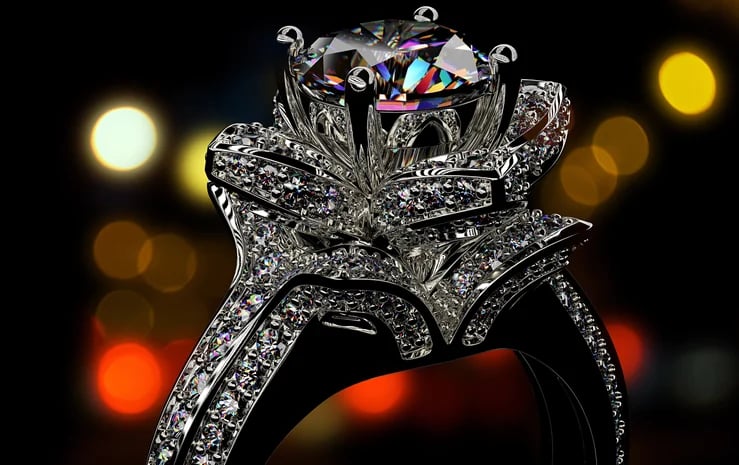
Origin
Before getting into the details of your diamond’s birthplace, it’s important to note why you should care about where your diamond is from in the first place. Blood diamonds, mined in war zones or with forced labor, have constituted an ethical dilemma for both the diamond mining and retail industries. While it’s difficult to tell whether your diamond was mined in an area of conflict or under ethically questionable circumstances, you can still have an idea of how likely this is. Ever since 2003 and the introduction of the Kimberley Process meant to reduce the number of blood diamonds mined, there has been a 15% drop in the number of illegally traded diamonds. If your engagement ring was purchased after this year, there is still a chance that you are in possession of a blood diamond, but this probability is low. Or, if you are a buyer, there are ways to ensure that your diamond has been responsibly sourced.
Mined Diamonds
A natural diamond first enters into existence far underground, approximately 87 to 118 miles deep. If you believe the diamond in your ring was mined, as opposed to created in a laboratory, there is a high probability that it was originally from either Russia, Africa, or Australia. Of the top ten largest diamond mines in the world, five are located in Russia, four are in Africa, and one is in Australia. The African diamond mines concentrate in the southern region of the continent, with two in Botswana, one in South Africa, and one in Angola. 65% of the world’s diamonds are from Africa, but these are far more likely to be mined in conflict zones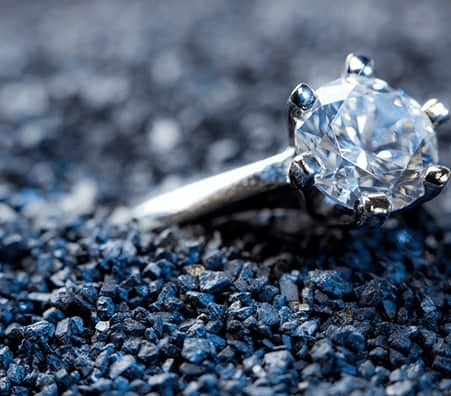 or under inhumane labor conditions.
or under inhumane labor conditions.
Synthetic diamonds
Not all diamonds come from the ground. They can also be grown artificially in laboratories, which satisfy 98% of demand for industrial-grade diamonds. These are low-quality diamonds used in tools for their hardness and ability to cut and grind. Unsurprisingly, synthetic diamonds are widely regarded as inferior in quality, only making up 2% of gem-grade diamonds on the market. However, demand is increasing as buyers who are concerned about getting an ethical diamond consider lab-grown ones as the safest option. If you’re wondering about the nature of your own ring, you can be quite sure that it was mined and not grown. Eliminate all doubt of its origins by using technologies such as infrared wavelengths, spectroscopy, or X-rays to distinguish between natural and lab-grown diamonds.
Identity
The diamond in your ring is part of the 20% of worldwide rough diamonds classified as gem-grade. Out of the 4 C’s of diamond grading (color, clarity, cut, and carat), color and clarity are considered when identifying gem-grade rough diamonds. After classification, a rough diamond is then cut and polished. This can take hours to weeks, depending on size. Most rough diamonds pass through the major diamond trading centers of Antwerp, Tel Aviv, and Dubai before being sent to either Surat, India, Guangzhou, or Shenzhen in China to get cut.
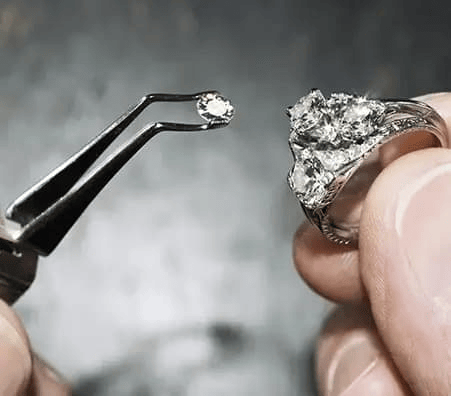
It is in this stage where a diamond is given its own identity. You may have heard that no two diamonds are alike, and this is true – taking into account all their characteristics, diamonds are as unique as sets of fingerprints. Of course, differences are often undetectable by the naked eye, and for this reason many diamonds are given laser inscriptions. This way, they can be identified down the road regarding their grading and warranty. Tiffany’s and the GIA are both known to do this, giving each diamond its own proprietary serial number that can usually only be seen under a powerful microscope. Another jeweller, Serendipity Diamonds even lets you trace back a diamond to its exact mine.
Finally, the identity of a diamond is complete once it finds its human. Your diamond likely made its way to you after being sold to a retailer on a bourse, or diamond exchange. This is the only period of its life that you should be quite familiar with. But what happens next? Is a diamond really ‘forever’?
Resale
At some point, whether it be in your own lifetime or your great-grandchildren’s, the diamond ring you cherish will be resold. As a result of its widely successful marketing campaigns throughout the 20th century, leading diamond producer De Beers was able to convince multiple generations that “a diamond is forever.” It was a cheesy way of telling the public, “Don’t sell your diamonds.”
To give some historical background, De Beers knew it needed to control the worldwide supply of diamonds not only through mines, but more importantly by ensuring that the brilliant gems remained on people’s fingers and in their jewelry boxes, not on the market. Otherwise, a surfeit of diamonds for sale would decrease the overall price, and worse, the gemstone’s intrinsic value. After all, diamonds are no exception to the laws of free-market economics and De Beers knew this all too well.
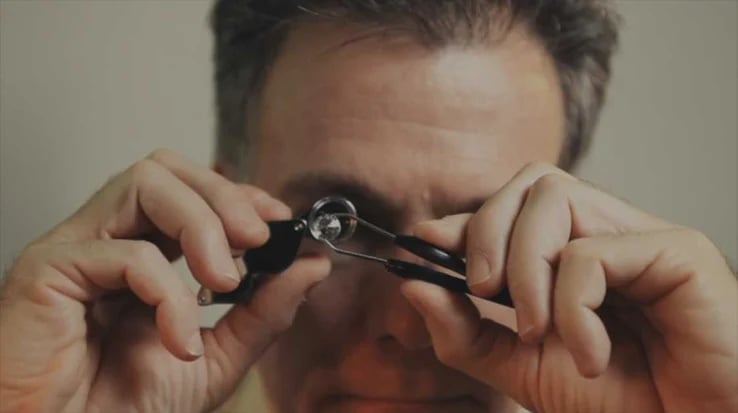
With this in mind, it makes sense why it’s so hard to sell a diamond ring. Aside from the nonexistence of a unified market to resell diamonds, they are the kind of item that, once used, will never recover its original value. And yet, the cycle goes on, as diamond rings are sold in places like New York City’s own diamond district. When this happens, the stone of the ring is removed from its setting, which gets sold as scrap, and the diamond is sold to a wholesaler.
As to uncovering where that diamond might end up, it’s helpful to take in the big picture: where are all the gem-grade diamonds in the world? For the most part they are either in the hands of the public, behind the pristine glass of retail jewelers, stored by wholesalers, or stockpiled by the largest diamond manufacturers in order to control the market price. While it’s obvious that a diamond is certainly not forever, an unexpected fact is that eventually, over the course of millions of years, it will decay into graphite. And only then comes the end of a diamond’s life.

